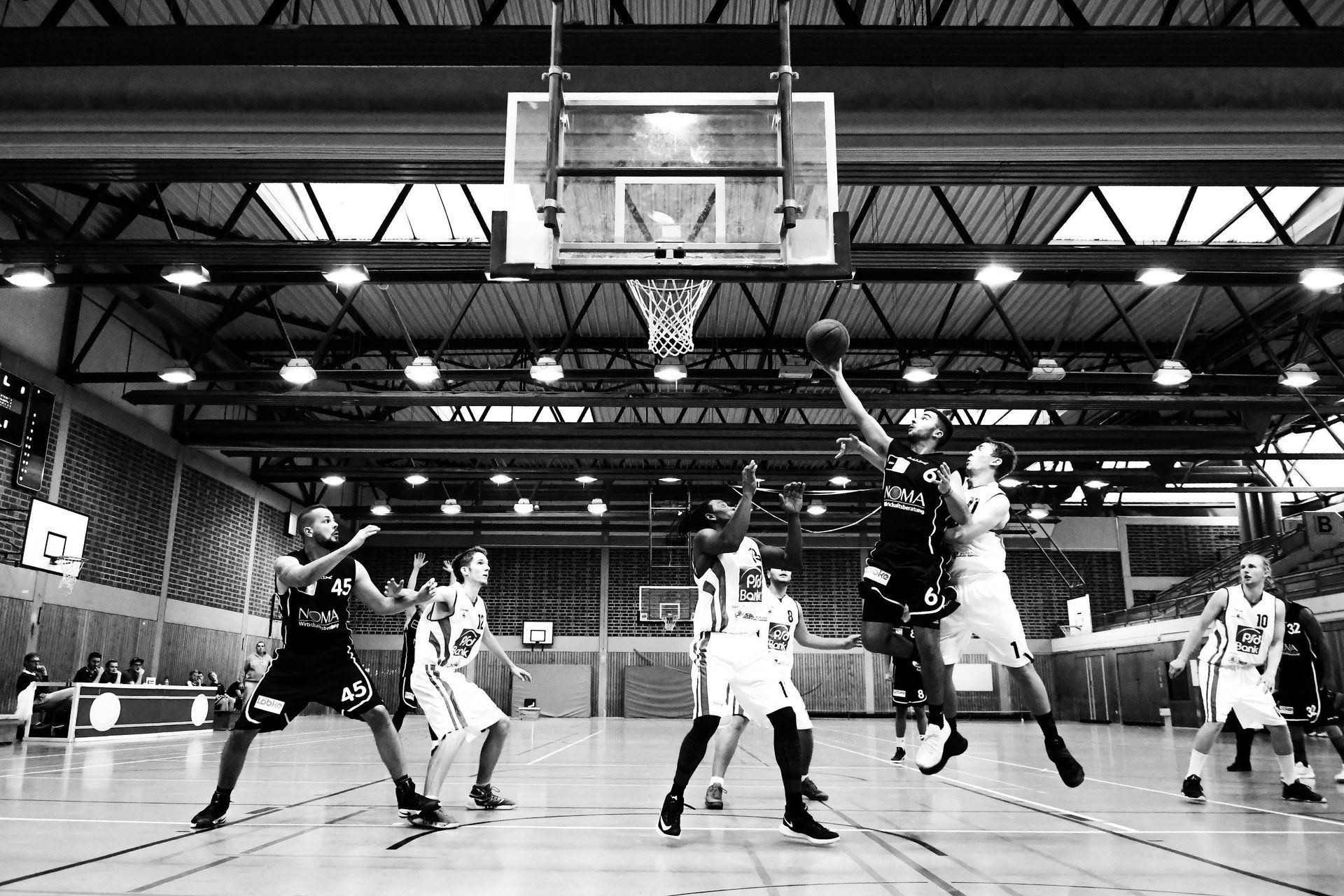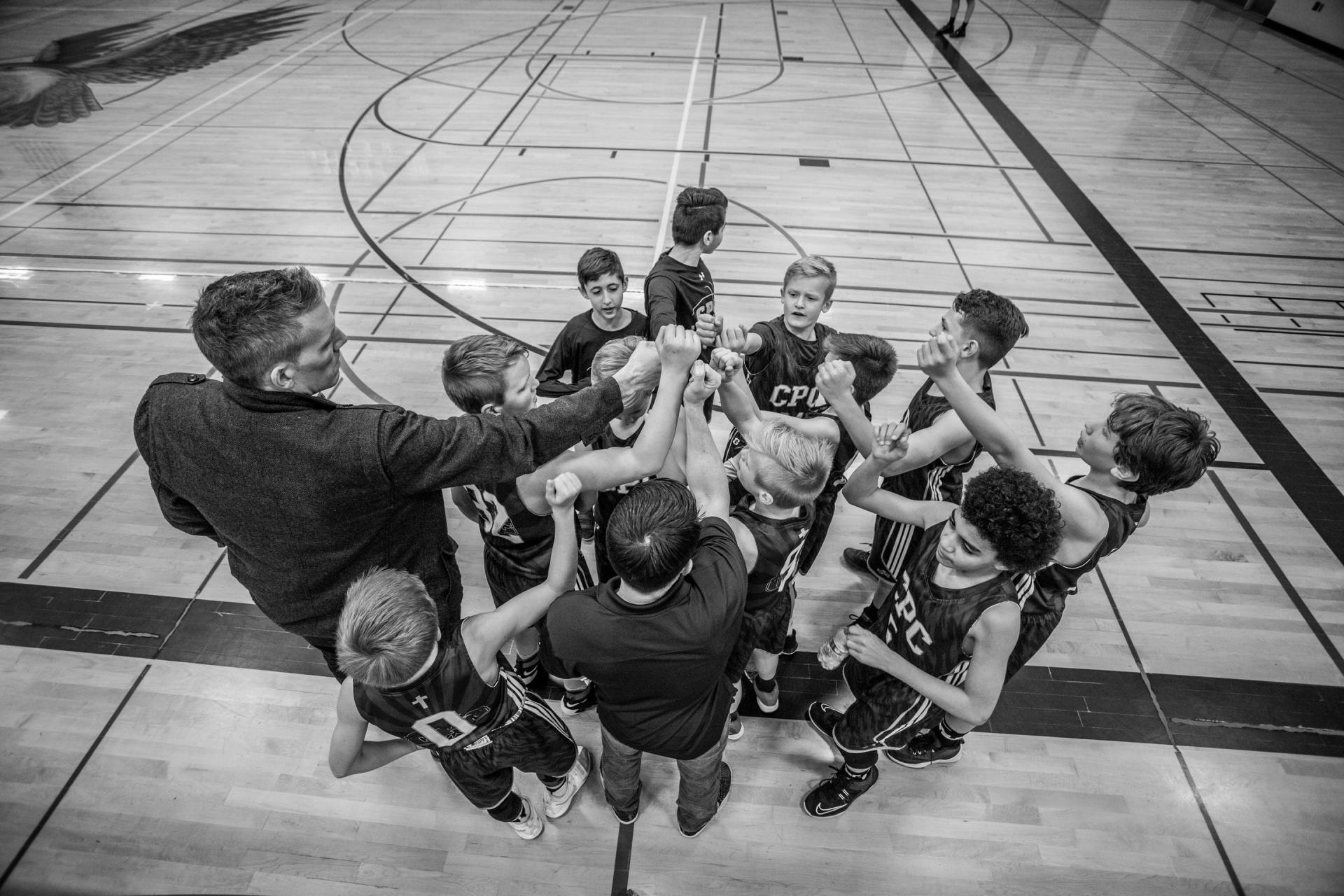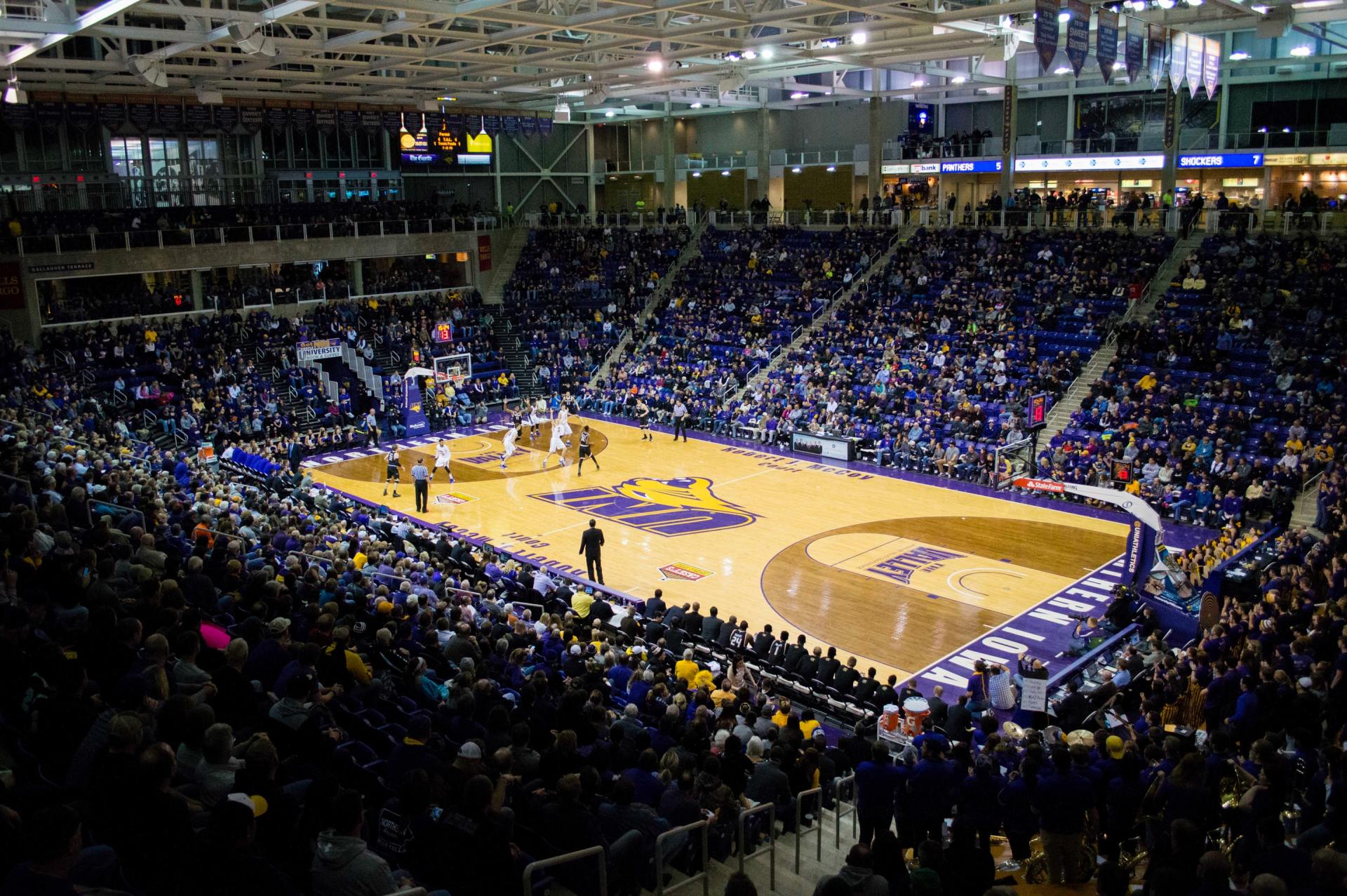Basketball Training & Fitness Components
Basketball Training & Fitness Components
As with most team sports, there are many components of fitness that are important for success. In basketball, the various fitness components are close in their relative importance. Having a very good aerobic fitness level is a very important attribute, but being very quick and agile is equally important.
This will require multiple training methods - aerobic exercise, mechanics training, strength and conditioning, and plyometrics and agility training. Plus, recovery such as flexibility and stretching techniques.
Health Related Fitness Components
Aerobic Capacity: the ability of the cardiovascular (hearty, lungs & blood vessels) & respiratory system to produce aerobic energy/ATP. Together these systems deliver O2 & deliver nutrients to muscles & remove by-products that have been produced by the body’s cells. It’s related to the ability to perform activities that involve large muscle groups, such as swimming, running & cycling for extended periods of time. For basketball players this can be thought of as being able to move up and down the court at the speed and consistent effort needed to compete at the level of competition demanded.
Anaerobic Capacity: refers to the capacity of the anaerobic systems (ATP/PC & Anaerobic glycolysis) to provide energy for muscular contractions (total amount of energy from the anaerobic systems). High levels of anaerobic power allow an individual to achieve explosive acceleration or power when it is needed. During games, basketball players must be able to sprint hard, recover quickly and then sprint hard again.
Local Muscular Endurance (LME): is the ability of the muscle or muscle group to perform repeated contractions (concentric, eccentric or isokinetic) for an extended period of time, or to maintain a contraction for an extended period of time (isometric contraction) in the face of fatigue. Examples of this type of endurance can be seen in a player’s ability to repeatedly contest a rebound by jumping.
Muscular Strength: is the maximal force that can be generated by a muscle or muscle group in one maximal effort (1 RM). For basketball think about holding a player during boxing out for a rebound or initiating and holding a post seal.
Flexibility: is the capacity of a joint to move through its full range of motion, & reflects the ability of the muscle & connective tissue to stretch. For basketball players flexibility helps with a wide range of activities from jumping to being able to perform a low and wide defensive stance. Flexibility also helps with a very important part of sport training and injury prevention. With increased flexibility comes the body’s ability to deal with awkward movements or un-natural actions which could otherwise result in strains or tears.
Body Composition: is the amount of muscle, fat, bone, cartilage etc that makes up our bodies. Excess body fat can contribute to developing a number of health problems such as heart disease and diabetes, but for basketball it can place strain on the joints, muscles and bones, increasing the risk of injury.
Skill Related Fitness Components
Agility: is the ability to change body position or direction quickly & accurately while maintaining balance. It relies on anaerobic power, speed, flexibility & dynamic balance and co-ordination. In basketball when thinking of agility think of changing direction while in a defensive stance or the ability to create a lane to the basket while cutting.
Balance: maintaining equilibrium while stationary or moving. In basketball balance can seen in the performance and execution of a jump-shot or a defensive stance.
Coordination: is the ability to use the body's senses to execute motor skills smoothly & accurately. It refers to bring all the body parts together in a purposeful movement. Commonly used terms are things like hand-eye coordination. In basketball, coordination can be seen in the shooting action where the whole body is utilised to achieve a very specific movement sequence.
Muscular Power: The ability to exert a maximal contraction in one explosive effort. Power is often mixed up with strength, because it too involves a maximal contraction. Power sees its application over a very, very short period of time and is linked to explosive efforts/contractions. Power is a combination of strength & speed: Muscular Power = Strength x Speed. In basketball activities, power can be seen when an athlete jumps and is also in the explosive acceleration needed in transition.
Reaction Time: is the time from the presentation of a stimulus to the onset of a response. In basketball this can be seen in the movements of players off the ball reading and reacting (or delay) to where the ball is and where their defensive assignment also is in relation to the ball. In this situation the better the reaction time the faster the player moves into the correct position.
Speed: is the rate of motion (how fast you can move you body part from one point to another). Speed = Distance x Time. This can be overall speed of a player when sprinting or hand speed when a player is trying to steal a ball.
You might also like








